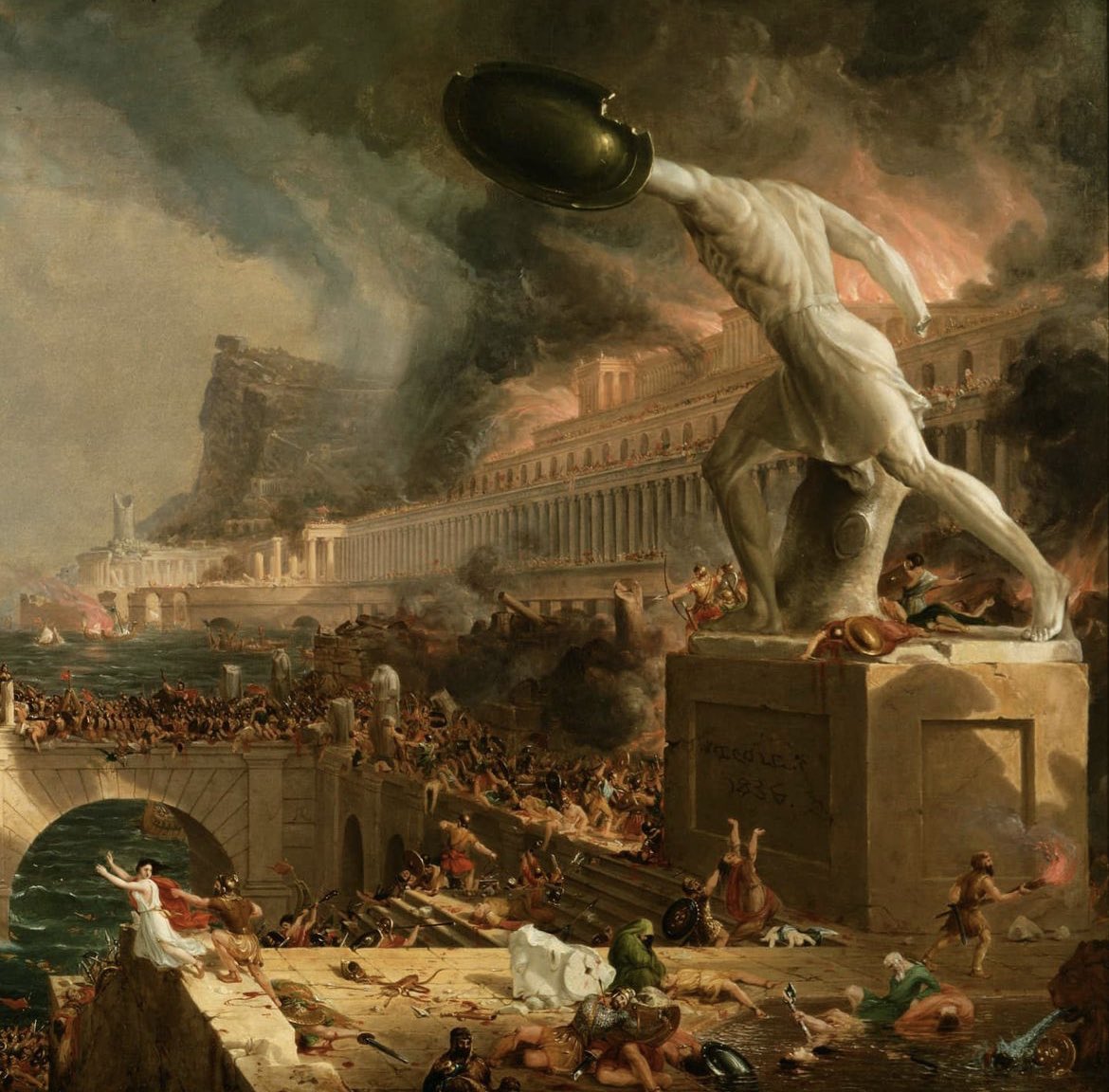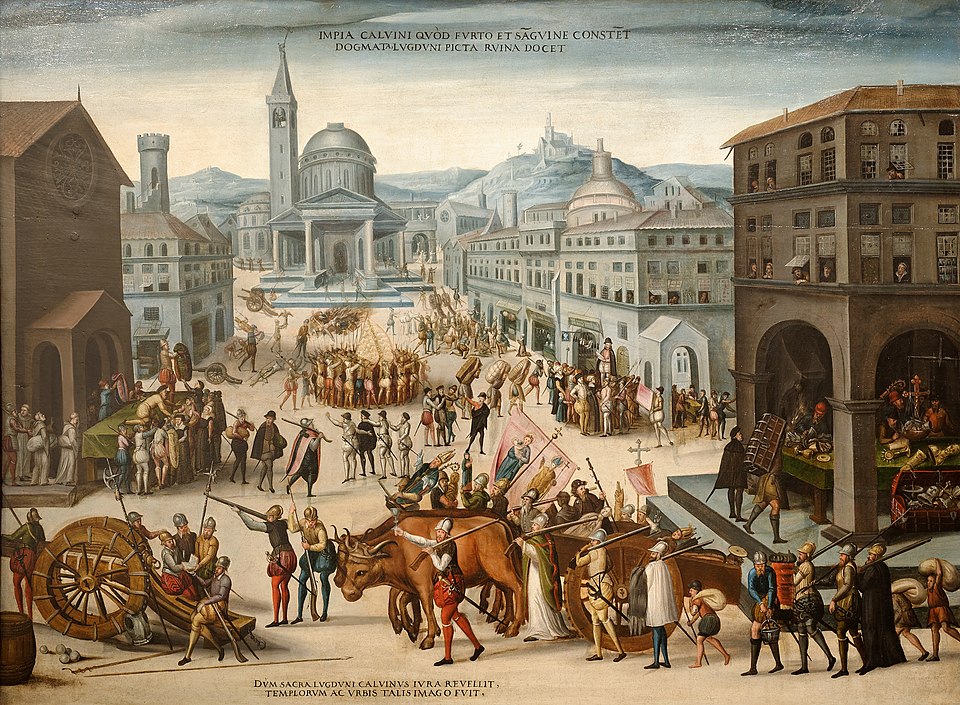The Year 536 AD, the Worst Year in History

Did you know that over the years in history, the year 536 AD is believed by historians as the beginning of the absolute worst periods to live in?
While the world has witnessed many disasters and terrible years in history, for many historians however, they believe that the absolute worst was the year 536 AD. According to medieval historian, Michael McCormick, "It was the beginning of one of the worst periods to be alive, if not the worst year."
For instance, the year 1349 was the peak of the Black Death, which killed an estimated 75 to 200 million people in Europe, Eurasia, and North Africa; it is considered the deadliest pandemic in human history. The year 1520 was when smallpox spread across the Americas, killing an estimated 90% of the Indigenous population; it is estimated that 25 to 55 million people perished. 1918 was when the influenza pandemic killed an estimated 50 million people across the globe; as many as 500 million people were infected. 2020, with the coronavirus that led to lockdown worldwide, was a terrible year, but it's still far from being the worst in recorded human history.
But the year 536 (a leap year that started on a Tuesday of the Julian calendar and at the time was known as the Year after the Consulship of Belisarius) witnessed extreme weather events as a result of a volcanic eruption earlier on, causing average temperatures in Europe and China to decline and resulting in crop failures and famine for well over a year. Other researchers have noted additional adverse events during the year, including a mysterious fog, possibly due to the volcanic eruption.
Most contemporary accounts of the volcanic winter are from authors in Constantinople, the capital of the Eastern Roman Empire, although the impact of the cooler temperatures extended beyond Europe. Modern scholarship has determined that in early AD 536 (or possibly late 535), an eruption ejected massive amounts of sulfate aerosols into the atmosphere, which reduced the solar radiation reaching the Earth's surface and cooled the atmosphere for several years.
The volcanic winter of 536 AD was the most severe and protracted episode of climatic cooling in the Northern Hemisphere. In March 536, Constantinople began experiencing darkened skies and cooler temperatures. The volcanic winter was caused by at least three simultaneous eruptions of uncertain origin, with several possible locations proposed in various continents.
The volcanic eruption in Iceland dimmed the sun for 18 months, causing temperatures to decrease by 1.5 to 2.5 degrees Celsius. Summer temperatures in 536 fell by as much as 2.5 °C (4.5 °F) below normal in Europe. This led to the coldest decade (536 to 545) in 2,000 years, leading to crop failures and mass starvations in Europe, Mesopotamia, and China.
In 540 there was another volcanic eruption, this time in Ilopango, El Salvador, which killed tens of thousands of people and decreased global temperatures once again. This caused summer temperatures to decline as much as 2.7 °C (4.9 °F) below normal in Europe.
In 541, the Plague of Justinian began to spread throughout the Mediterranean Basin and would kill 35 to 55 percent of the population. The plague would greatly weaken the Byzantine Empire after devastating its capital, Constantinople.
The volcanic eruptions caused crop failures, and were accompanied by the Plague of Justinian, famine, and millions of deaths and initiated the Late Antique Little Ice Age, which lasted from 536 to 560. The natural disasters, crop failures, and the plague would go on to decimate Europe's economy, which would not recover until 640, more than a century later. Ice core records show that in 640, there was a spike in atmospheric lead pollution which was the result of an increase in silver mining. Silver is found in lead-rich galena ores. During this time, periods of prosperity almost always coincided with increases in lead emissions.
Source: Wikipedia | Historic Vids
#penglobalhistory



